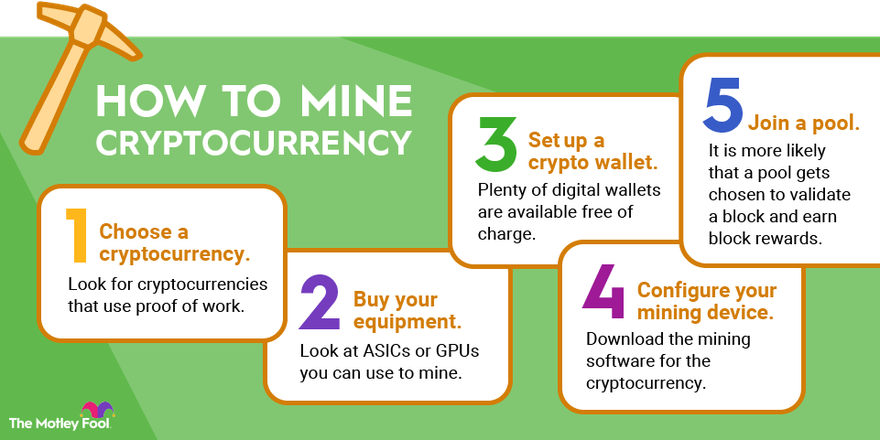Cryptocurrency Mining: How to Get Started and Is It Still Profitable?
Introduction Cryptocurrency mining has been a cornerstone of the blockchain industry, allowing individuals to participate in the creation of new digital assets. However, with the evolving landscape and increasing competition, many wonder if cryptocurrency mining is still a viable and profitable endeavor. In this article, we will explore the basics of cryptocurrency mining, discuss the steps to get started, and examine the profitability considerations in today's mining environment.
Section 1: Understanding Cryptocurrency Mining 1.1 What is Cryptocurrency Mining?
- Define cryptocurrency mining and its role in validating transactions and maintaining the blockchain.
- Explain the concept of proof-of-work (PoW) consensus algorithms used in mining.
1.2 Mining Equipment and Hardware
- Discuss the hardware requirements for cryptocurrency mining.
- Introduce ASICs (Application-Specific Integrated Circuits) and GPUs (Graphics Processing Units) as common mining equipment.
1.3 Mining Pools vs. Solo Mining
- Explain the concept of mining pools and their advantages.
- Discuss the pros and cons of solo mining for individual miners.
Section 2: Getting Started with Cryptocurrency Mining 2.1 Choosing the Right Cryptocurrency to Mine
- Discuss factors to consider when selecting a cryptocurrency for mining.
- Analyze the profitability, mining difficulty, and potential for future growth.
2.2 Setting Up a Mining Rig
- Provide step-by-step guidance on setting up a mining rig.
- Discuss considerations such as hardware selection, power consumption, and cooling.
2.3 Joining a Mining Pool
- Explain the process of joining a mining pool.
- Discuss the benefits of pooling resources and sharing rewards.
Section 3: Cryptocurrency Mining Profitability 3.1 Mining Rewards and Block Subsidy
- Explain the concept of mining rewards and block subsidies.
- Discuss the reduction of mining rewards over time, such as Bitcoin's halving events.
3.2 Mining Difficulty and Network Hashrate
- Explain the relationship between mining difficulty and network hashrate.
- Discuss the impact of increasing mining difficulty on profitability.
3.3 Electricity Costs and Operational Expenses
- Discuss the significance of electricity costs in mining profitability.
- Analyze other operational expenses, such as cooling and maintenance.
Section 4: Factors Affecting Mining Profitability 4.1 Cryptocurrency Price Volatility
- Discuss the impact of cryptocurrency price fluctuations on mining profitability.
- Analyze strategies for mitigating price risk, such as immediate conversion to fiat or stablecoins.
4.2 Regulatory and Legal Considerations
- Discuss the importance of considering regulatory and legal factors.
- Explore potential changes in regulations that may affect mining profitability.
4.3 Technological Advancements
- Discuss the impact of technological advancements on mining efficiency.
- Analyze the introduction of new mining algorithms and hardware improvements.
Section 5: Alternative Mining Methods 5.1 Cloud Mining
- Explain the concept of cloud mining and its pros and cons.
- Discuss considerations when choosing a reputable cloud mining service.
5.2 Proof-of-Stake (PoS) and Mining Alternatives
- Introduce alternative consensus mechanisms such as PoS.
- Discuss the concept of staking and its potential as an alternative to traditional mining.
Section 6: Conclusion and Future Outlook In conclusion, cryptocurrency mining remains a viable endeavor, although the profitability landscape has evolved. While individual mining may no longer be as lucrative as in the early days, joining mining pools


